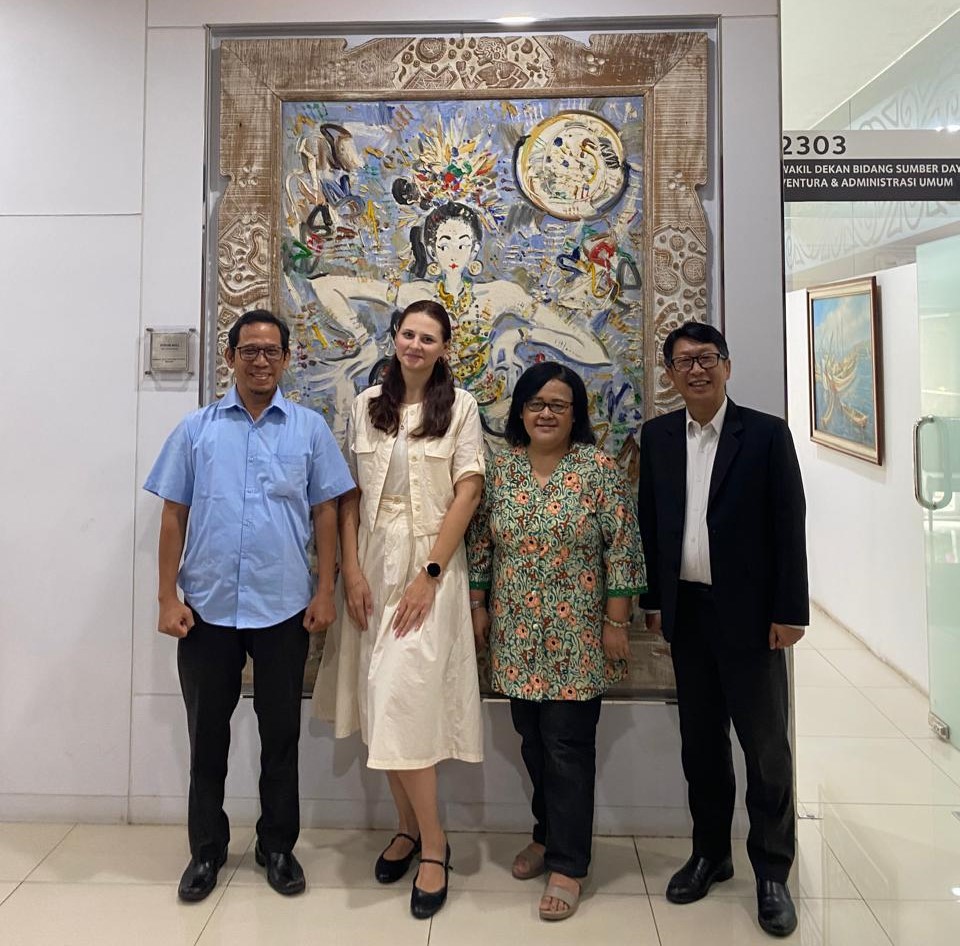Monica Maharani, a student from the Faculty of Humanities at the Universitas Indonesia (FIB UI), presented a powerful campaign called Idisability.id to draw attention to something that is often overlooked by many: invisible disabilities. What started as a Creative Ideas submission in the University of Indonesia’s Student Achievement (Mapres) competition has grown into a movement that touches hearts and creates positive energy online and in the classroom.
Monica’s presentation was delivered as part of her participation in the 2025 Global Collaborative Summer Program KyungHee University, South Korea. On this occasion, the session facilitator was Irina Bonova, former Director of UNESCO.
What makes Monica’s initiative so meaningful is that it is rooted in her own experience. Living with an invisible disability, Monica decided to turn her personal journey into a platform for change. “It’s not just an academic project,” she explains. “It’s something I live every day and I want to help others to see what often goes unnoticed.”
Her presentation at this session was appreciated and provided a new perspective that we must start seeing what is often invisible. Inclusivity doesn’t always have to come from top down policies. Sometimes, it starts with people creating something impactful-peer participants asking thoughtful questions, listening intently, and many admitting that they never thought disability was something that could be seen. It became a space of reflection, empathy, and new awareness.
Idisability.id highlights conditions that do not always have visible signs, such as chronic illnesses, mental health disorders, and neurodiversity, yet still have a huge impact on people’s lives. With the campaign tagline, “Seeing the Unseen,” Monica hopes to change the way people view disability and encourage greater empathy. She did this through thoughtful design, using the bold colors of the Disability Pride Flag, and engaging social media content through @idisability.id and the hashtag #BecauseEveryIndividualMatters. She also launched a volunteer initiative, “KawanDisibi”, to get more young people to be part of the conversation.
Despite having limited resources, Monica built this campaign with smart strategies and a big heart. By using the pentahelix model, which connects government, academia, public, media, and private sector, she laid the foundation to create a sustainable impact.
In her class presentations, she even uses research tools such as PICOC (Population, Intervention, Comparison, Outcome, Context) and the iceberg model of social change, which delves deeper into the hidden social barriers often faced by people with visual disabilities. Monica also openly acknowledges the bias that comes with working on a project so close to home, something that makes her message more authentic and grounded.
Through Idisability.id, Monica Maharani has shown that change often starts with a story, especially one told with courage. Her message is simple yet powerful: “Just because you can’t see it, doesn’t mean it’s not real.” This campaign is about giving a voice to those who have gone unheard for too long. (RMRW)




